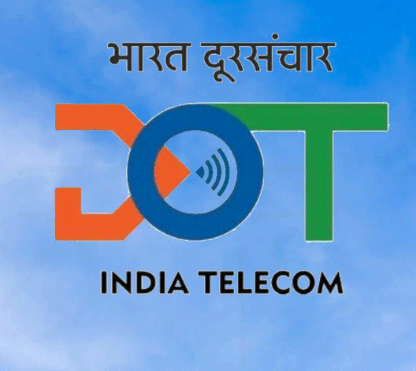New Delhi: The Department of Telecommunications (DoT), Ministry of Communications, has issued an Office Memorandum (O.M.) notifying the Framework for Transfer of M2M SIM Ownership from one M2M Service Provider (M2M SP)/Licensee to another M2M Service Provider (M2M SP)/Licensee.
Previously, M2M services for affected end consumers were at risk of disruption during necessary changes of M2MSP due to the absence of a provision for changing the owner’s name on M2M SIMs. The new framework resolves this regulatory gap by establishing a formal, compliant procedure to ensure a smooth transition without service discontinuity. This is applicable to all M2M Service Providers (M2MSPs)/ Licensees.
Streamlined Process for M2M SIM Ownership Transfer. The streamlined process involves the following key steps:
Transfer request: The user of the M2M service must submit a formal written request to the existing M2M SP/Licensee (the ‘transferor’), detailing the M2M SIMs and specifying the intended transferee M2M SP/Licensee.
No Objection Certificate (NOC) by Transferor (Existing M2MSP/Licensee): Within 15 days of receiving the user’s request, the transferor must issue a No Objection Certificate (NOC) to the concerned Access Service Provider(s), provided there are no outstanding dues from the M2M Service user.
Undertaking by Transferee (New M2MSP/Licensee): The transferee M2MSP/Licensee must submit a formal Undertaking/Declaration to the Access Service Provider(s) mentioning that it accepts all responsibilities, liabilities, and duties, including compliance with KYC and related guidelines, for the transferred M2M SIMs.
Verification, KYC, and Update by Access Service Provider (ASP): The ASP is required to scrutinize the request of transfer, verify the NOC from the transferor and the undertaking from the transferee. Upon successful verification, the ASP(s) must carry out KYC again and update subscriber records to reflect the new ownership.
Importantly, the DoT has mandated that each M2M SIM must at all times remain mapped to an M2M SP/Licensee, ensuring there shall be no discontinuation of M2M service to the user during the transition.
This framework is a significant positive step for the Machine-to-Machine (M2M) and Internet of Things (IoT) sectors in the country. The key impacts include:
Service Continuity: The primary benefit is the assurance of uninterrupted M2M services for end-users, especially in critical applications like smart utilities, connected vehicles, and healthcare devices, even during changes in the service provider.
Enhanced Business Flexibility: The provision for formal SIM ownership transfer allows M2MSPs to manage corporate restructuring events such as mergers, acquisitions, or demergers seamlessly, fostering a more stable and professional business environment.
Regulatory Compliance and Security: The mandatory requirement for the Access Service Provider to re-conduct KYC and for the new M2MSP to provide a formal undertaking enhances regulatory compliance and strengthens the traceability and security of M2M connections.
Consumer Protection: M2M service users are protected from being stranded if their current M2MSP ceases operations, as the framework provides a clear path to transition to a new service provider.
The framework institutionalizes a much-needed procedure, bolstering the growth and resilience of India’s M2M ecosystem.


